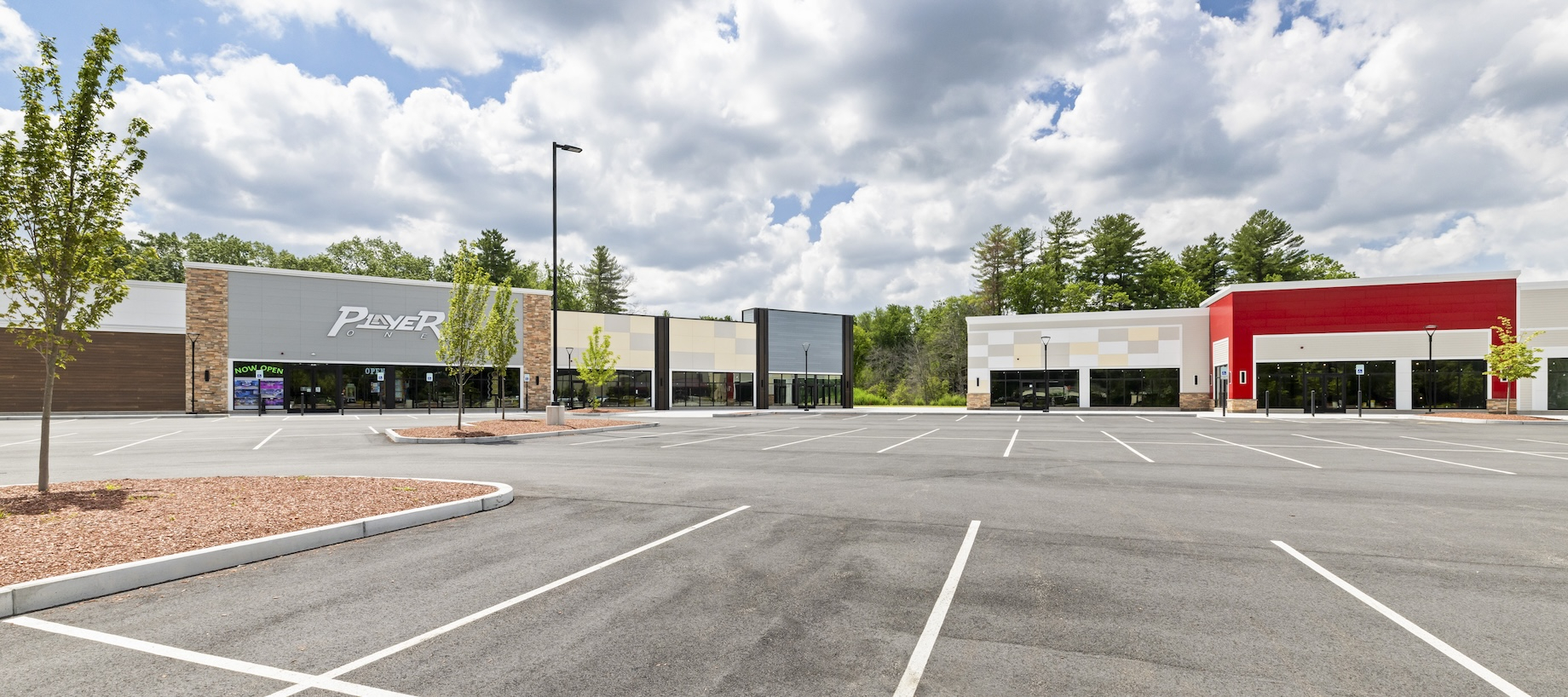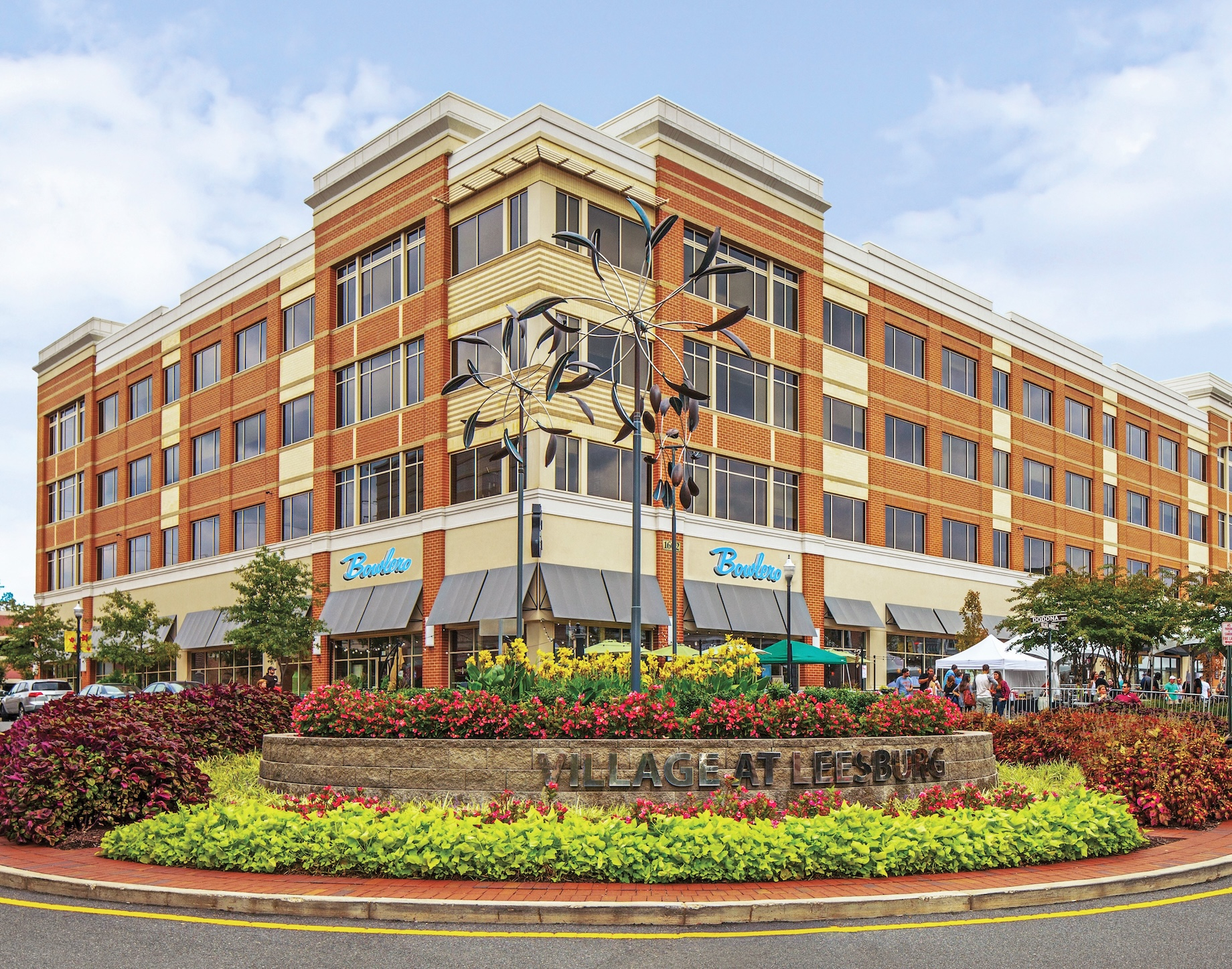The Short Version
- A property’s name serves as its first impression, shaping identity, marketing impact and visitor perception.
- Strong names create connection, aid wayfinding and help properties stand out in crowded markets.
- Rebrands can align centers with community identity, modernization efforts or expanded catchment areas.
- Generic or tenant-based names risk confusion, reduced memorability and costly rebranding if anchors change.
- While grocery-anchored centers rely less on property names, distinctive branding can still add value.
- A new name alone can’t transform a property, but paired with an improved experience, it can reset perception.

A Property’s Name Is Its First Brand Impression
A retail or mixed-use property’s name acts as that brand’s first handshake with visitors. “Naming really matters,” said Diana Perry, president and CEO of Rumphius Marketing, which handles marketing and branding for commercial real estate projects. “It sets the tone for the center immediately. You only get one shot at that first impression.”
Why Memorable Names Outperform Generic Labels
A strong name creates a sense of identity, sparks emotional connection and powers both marketing and wayfinding. “People give directions like ‘Turn left at X’ or ‘Meet me at Y’ and you want to be part of that” local shorthand, said Federal senior director of marketing Jill McCarthy. “We’re thinking about how the name becomes part of the destination, how it connects not just to the shops people visit but to the overall experience and sense of place.”
Perry warned against the assumption that generic naming conventions are more practical and recognizable. “What makes it memorable isn’t just naming it after the street or town and then slapping on ‘Crossing,’ ‘Plaza,’ or ‘Shopping Center,’” Perry said. “A lot of landlords think, ‘If I name it after the street, everyone’s going to know where it is.’ But from a marketing standpoint, it’s really the opposite, because there are tons of places named after streets. You’re not creating something unique or something you can truly own online. You need to be thinking about names from both a physical and digital standpoint.”.”
“You need to be thinking about names from both a physical and digital standpoint.”
Rebranding Properties To Match Community Identity
Urban Edge renamed the 360,000-square-foot Las Catalinas Mall in Caguas, Puerto Rico, in 2023 to Shops at Caguas to reflect the broader geography the property serves. The original name referenced a historical sugarcane plantation but had lost its cultural and geographic relevance in recent times. “People didn’t relate to it, and [Urban Edge] wanted people to know exactly where the center was,” said Urban Edge senior director of marketing Jaya Daniel. “Las Catalinas didn’t mean anything to them. We didn’t want to be seen as just a local mall but really a place for everyone, whether you were a tourist or from the surrounding area.”
The new name also aligned with an upgraded experience, including new retail offerings like Puma, Mango and an expanded Foot Locker and a wider catchment area.

Urban Edge rebranded Puerto Rico’s Las Catalinas Mall as Shops at Caguas to better reflect its broad catchment area. Photo courtesy of Urban Edge
The Edge District: A Name That Signals Transformation
TJX Plaza in Tynsborough, Massachusetts, rebranded as The Edge in reference to the nearby border with New Hampshire. But the new name also indicates an updated look and tenant roster, and the property’s modern identity as a restaurant- and entertainment-forward destination serving both states.
When developer Sam Park & Co. bought the property in 2017, years of underinvestment had left it tired and deteriorated, and tenants had migrated to newer centers, said Perry, who was brought on in early 2025 to rebrand the center. Built in the early 1980s for junior anchors and traditional retail tenants, it was a monolithic strip typical of its time, featuring little architectural character and outdated infrastructure. After COVID construction delays, the buildings now “are essentially new construction: full-scale rebuilds with selective structural retention to preserve favorable rental economics for tenants,” she said.
The property had lacked a clear vision before Sam Park & Co. acquired it, and as its identity took shape under the new ownership, the property needed a name reflecting the bold transformation – and a new marketing campaign to go with it. The team considered simply using the address, 440, but Perry advised against it. “Numbers are hard to remember,” she explained. “Is it 440? 441? 444? It didn’t say anything.”
Ultimately, they landed on The Edge District. “The property literally sits on the state line,” Perry said. “We also thought the name worked well symbolically, too. We’re on the edge of something new, something different.”

Sam Park & Co. transformed a deteriorating center into a dining and entertainment hub and gave it a name to match, The Edge District, a nod to both its location along the Massachusetts-New Hampshire state line location and to its new and different identity. Photo by Elisif Photography and courtesy of Sam Park & Co.
The center’s nearly 180,000 square feet of space includes an AMC Theatre, Player One arcade and bowling, MetroRock climbing gym, Tavern in the Square and several other restaurants either open or on the way, mostly slated to open in late fall. “‘The Edge’ felt modern, trendy and cool but with lasting staying power, something that wouldn’t feel outdated years from now,” Perry said.
To underscore the center’s dining and entertainment focus, the team then developed an acronym for EDGE — entertainment, dining, good times, everyone — and a tagline: Find Your Funner.

Village at Leesburg, pictured above and at top, lives up to its name, evoking small-town charm and connection in a modern, mixed-use destination. Photos above and at top courtesy of Rappaport
Village at Leesburg: Naming That Reflects Community and Charm
Village at Leesburg’s name similarly captures that property’s vibe — in this case, main street —and references the larger community. “The name itself evokes a sense of community and charm,” said Dee Singletary, vice president of marketing for Rappaport, which owns the 1.2 million-square-foot mixed-use center. “It aligns with the center’s design, architecture, walkability and the curated mix of dining retail, and entertainment.”
The property opened in 2011 and includes office and luxury apartments. The more than 70 restaurants and shops include Wegmans and pet-friendly retailers. Village at Leesburg also has robust lineup of community events from concerts to tree lightings.
“‘Leesburg’ ties it to the town and to Virginia, and ‘Village’ suggests connection,” Singletary added. “We often focus on names that reflect the identity of the community.”
Why Naming Matters Less for Grocery-Anchored Properties
For grocery-anchored centers, said Brixmor senior vice president Kristen Moore, the name might not matter as much. “They go to their Kroger center. They go to their Publix center. They go to their Trader Joe’s center,” said Moore, whose company primarily owns grocery-anchored centers, though she also has worked at malls. “For grocery-anchored shopping centers, people really don’t remember the name of the center as much.”
That said, she advises against naming a center for a single retailer. Brixmor learned that the hard way. She recently checked out some previous names from Brixmor’s portfolio. “One was called A&P Mamaroneck. Then the grocery store went bankrupt, and we had to rename it Mamaroneck Centre,” she said. “We also had a center called Pier 1 that’s now Vestal Exchange.”
The takeaway? A good name shouldn’t depend on the tenants there.
Choosing Names That Elevate Visitor Experience
“A name can elevate a place,” said McCarthy. “It can make you want to be there — or not. People want to come to somewhere that feels cool and aspirational. If you called it the Dirt Bowl, that wouldn’t feel inviting or aspirational. The name sets expectations and helps create the feeling people want when they visit.”
Ultimately, McCarthy noted, “you can’t just change a name and expect a transformation, but when a new name matches a better experience, it can truly reset perception.
By Rebecca Meiser
Contributor, Commerce + Communities Today and Small Business Center